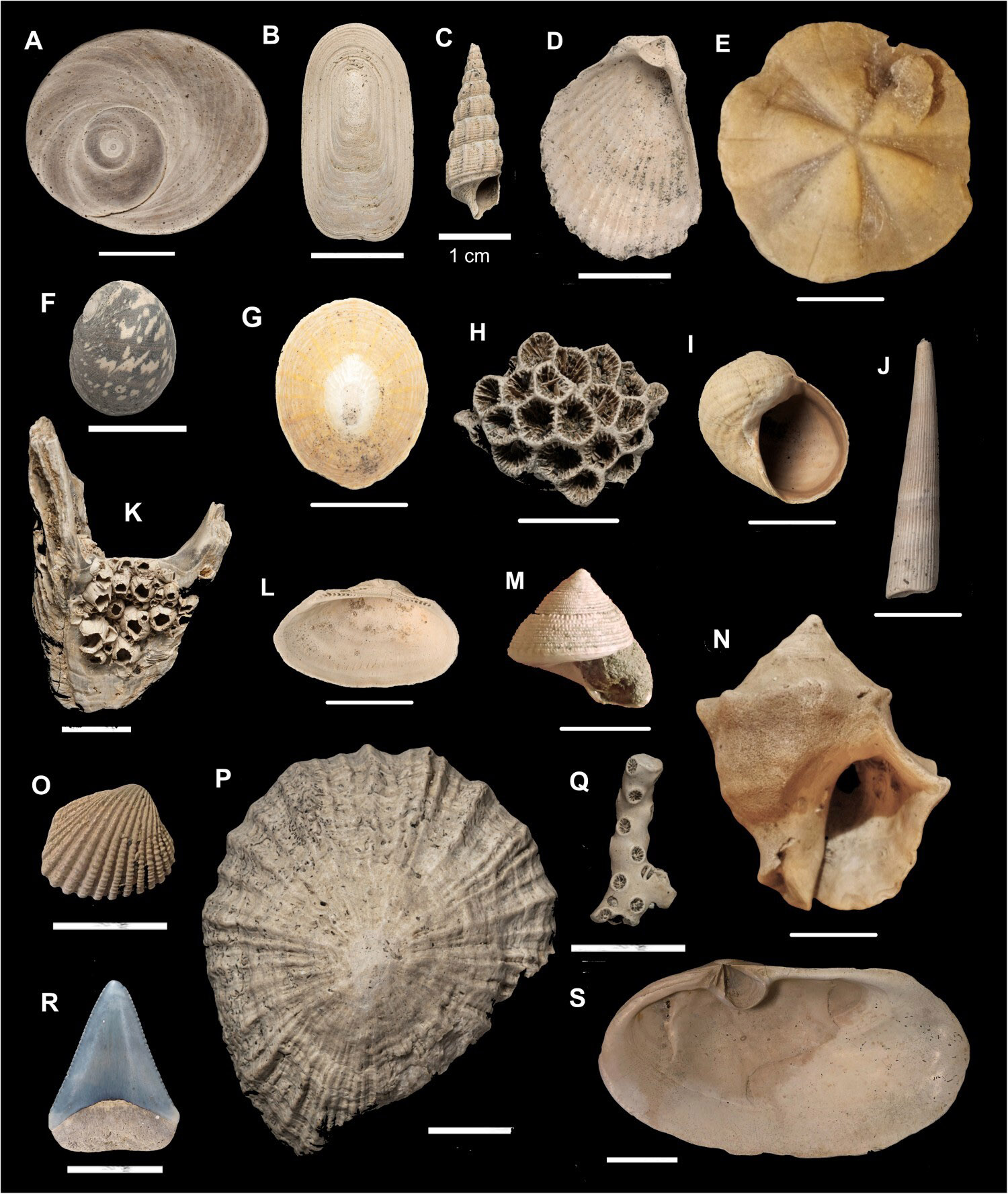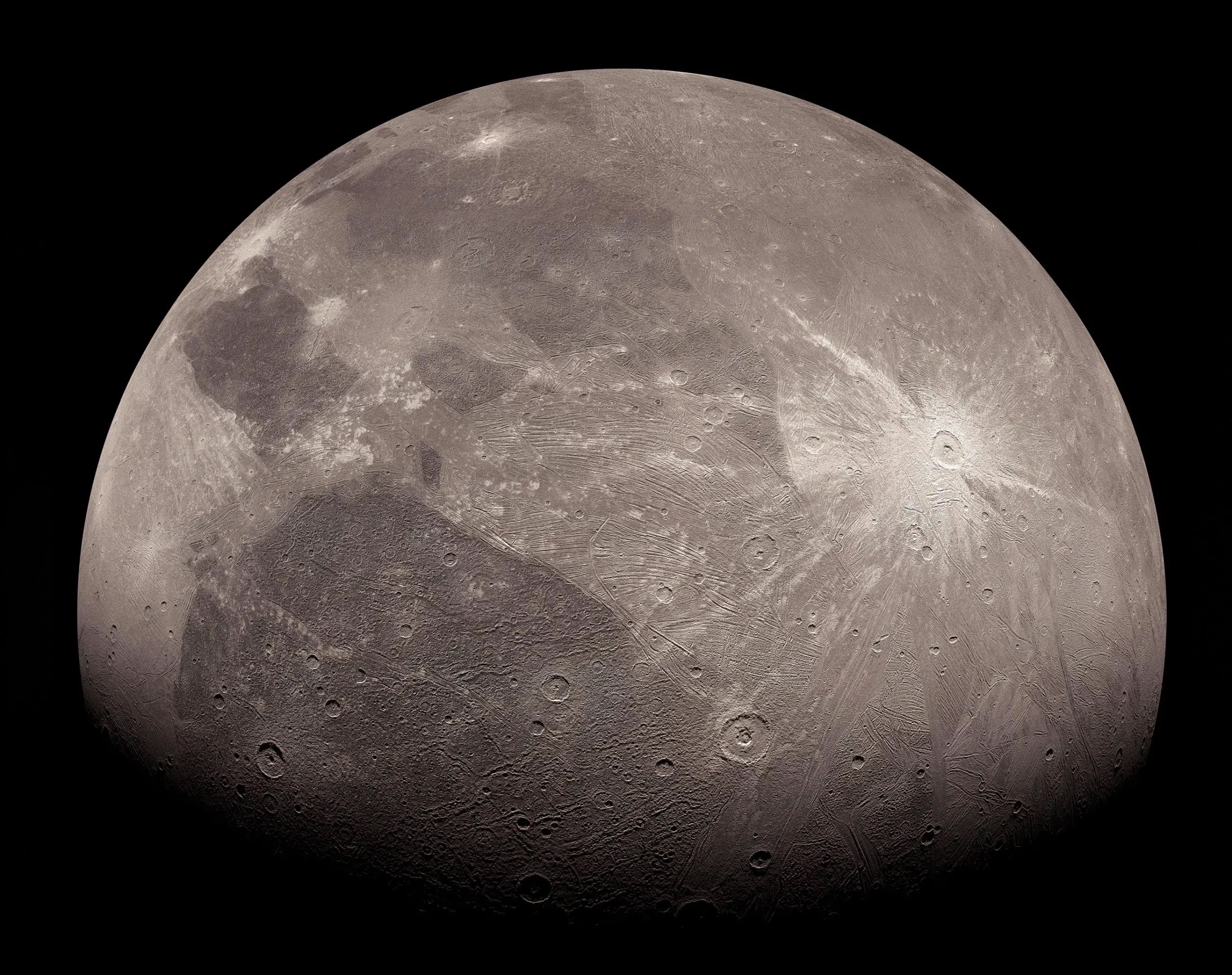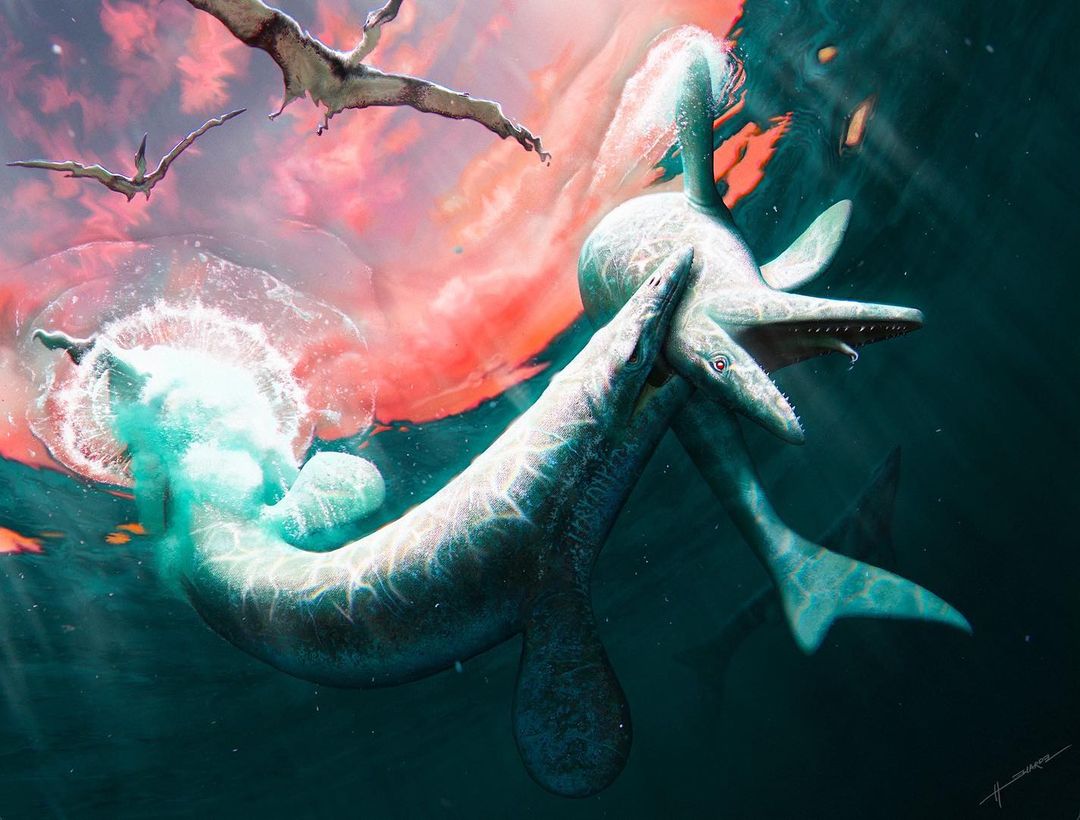In a truly astonishing revelation, researchers have unearthed a treasure trove of 266 ancient fossil species concealed beneath a wastewater treatment plant.
Among the remarkable finds are the world’s oldest-known flax snails, the spine of an extinct saw shark, and teeth from a great white shark. These invaluable relics were discovered within sediment excavated from two shafts at the Māngere Wastewater Treatment Plant, nestled in the Manukau Harbour of New Zealand.
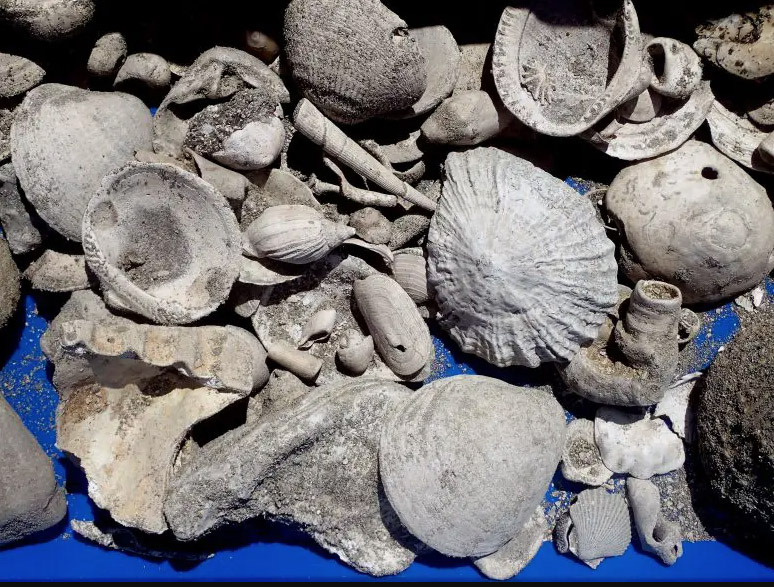
The discovery, which has left scientists in awe, transpired serendipitously during the excavation of the shafts, reaching depths of 30 to 40 meters, as part of a project aimed at upgrading Auckland’s wastewater infrastructure.
Over months, experts meticulously examined more than 300,000 fossils within the predominantly unlithified sediment. Their extensive work has been documented in the New Zealand Journal of Geology and Geophysics.
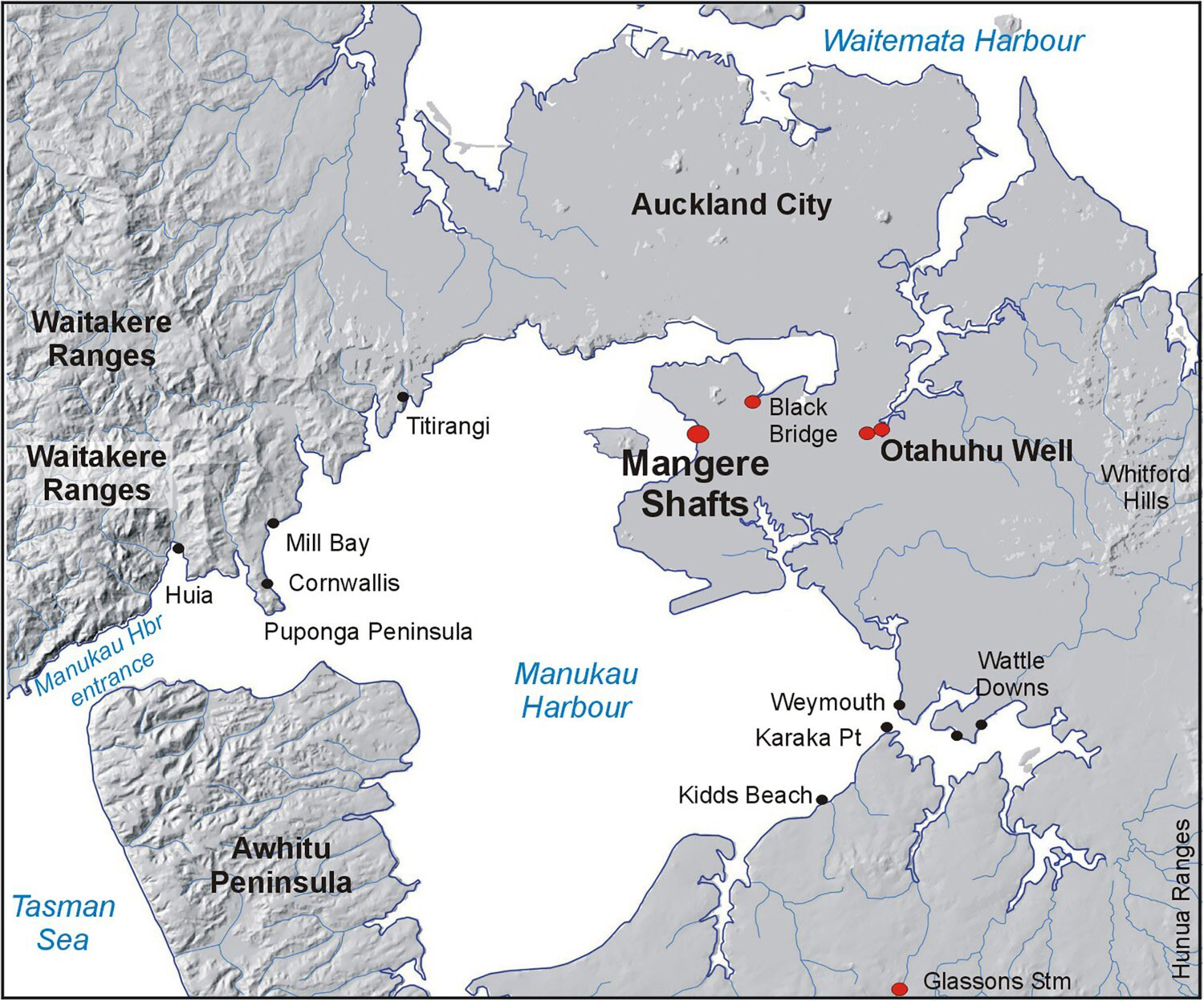
These unearthed fossils date back to a period spanning from three to 3.7 million years ago and encompass at least ten previously unknown species, as the paper illuminates.
Renowned palaeontologist Bruce Hayward remarked, “During that era, sea levels were slightly higher than today, and the world was several degrees warmer. Consequently, the fossils include several subtropical species.”
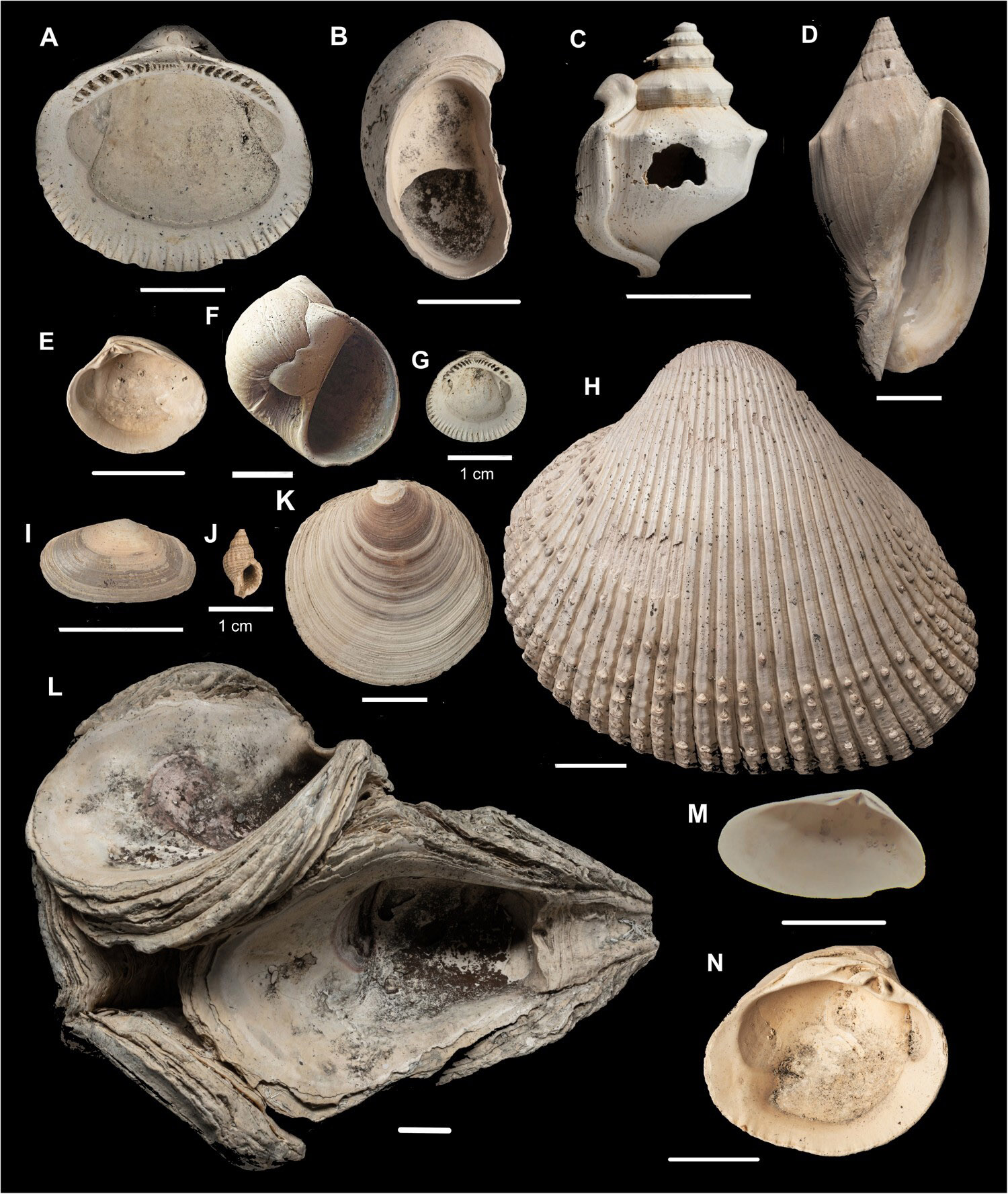
The extraordinary findings encompass a multitude of specimens, including ten of the world’s oldest known Zealand flax snails, isolated baleen whale vertebrae, a fractured sperm whale tooth, the spine of an extinct saw shark, dental plates from eagle rays, and several teeth from the formidable great white shark.
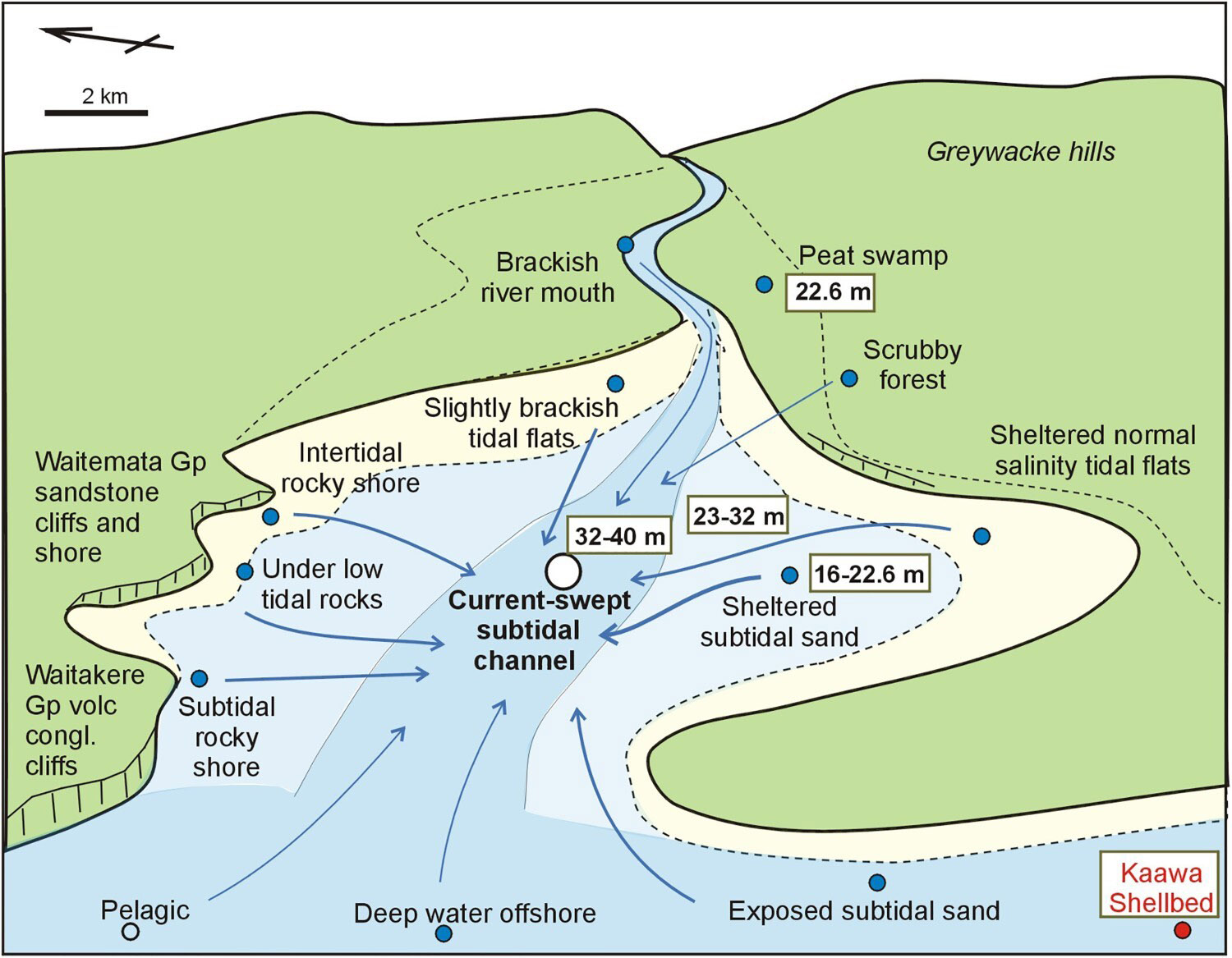
Thousands of these invaluable fossils have been entrusted to the Auckland Museum.
Dr Hayward and his dedicated team have hailed this discovery as a “once-in-a-lifetime find,” shedding light on the ancient world hidden beneath the wastewater plant for aeons.

